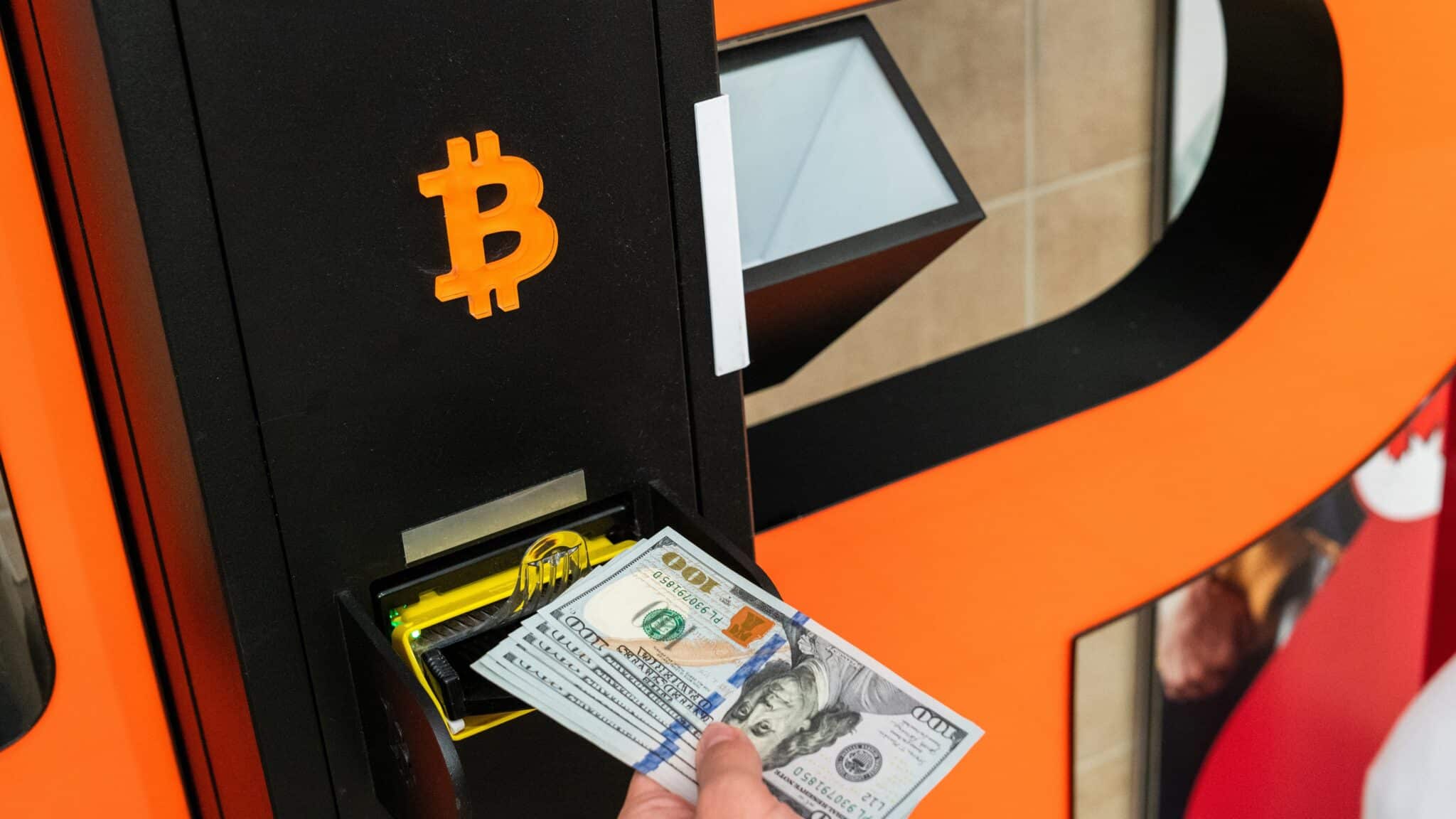This Is The Truth About Bitcoin ATMs

Discover the world of Bitcoin ATMs, innovative machines that bridge the gap between digital currency and physical cash. This article delves into the technology, usage, and types of Bitcoin ATMs, offering insights into their role in the evolving landscape of cryptocurrency transactions. For better insight you can Visit immediate-unlock.org.
The Technology Behind Bitcoin ATMs
Bitcoin ATMs, often referred to as BTMs, are physical machines that enable users to buy or sell bitcoins using fiat currency. They are equipped with a scanner, a cash dispenser, and a computer to manage transactions.
The core technology behind these machines is similar to that of traditional ATMs, but with added layers of security and functionality to handle cryptocurrency transactions.
When a user initiates a transaction, the BTM connects to the Bitcoin network via the internet to process the transaction. It uses a QR code scanner to read the user's wallet address, ensuring the bitcoins are transferred to the correct account.
For selling bitcoins, the machine requires confirmation of the transaction on the blockchain before dispensing cash, adding an extra layer of security.
The software used in Bitcoin ATMs is designed to comply with regulatory requirements, including Know Your Customer (KYC) and Anti-Money Laundering (AML) protocols. This involves identity verification processes, such as scanning a government-issued ID or using biometric data. The software also handles the conversion rates between fiat currency and bitcoin, updating in real-time to reflect market prices.
Step-by-Step Guide to Using a Bitcoin ATM
Using a Bitcoin ATM is a straightforward process designed for ease of use, especially for those new to cryptocurrency transactions. The first step in this process typically involves identity verification to comply with regulatory requirements.
Users may need to scan a government-issued ID or enter a phone number for SMS verification. The level of verification required can vary depending on the amount of the transaction and the regulations in the specific jurisdiction.
Once the user's identity is verified, they can proceed to buy bitcoins. The user selects the option to buy bitcoins on the machine's interface. The next step is to provide the Bitcoin wallet address where the purchased bitcoins will be sent. This is usually done by scanning the QR code of the wallet address using the ATM's scanner. It's crucial to ensure that the wallet address is correct to avoid sending bitcoins to the wrong address.
After the wallet address is confirmed, the user inserts cash into the machine. The Bitcoin ATM displays the equivalent amount of bitcoins based on the current exchange rate. The user then confirms the transaction details, including the amount of cash inserted and the amount of bitcoins to be received.
Once the transaction is confirmed, the Bitcoin ATM processes the purchase and sends the bitcoins to the provided wallet address. This process usually takes a few minutes, and the user can monitor the transaction's progress on the blockchain. After the transaction is complete, the machine provides a receipt, either printed or sent via SMS, which includes the transaction details for the user's records.
It's important to note that while the process described above is typical, the exact steps and requirements may vary depending on the specific Bitcoin ATM and its operator. Users should always follow the instructions provided by the machine and contact the operator if they encounter any issues.
Types of Bitcoin ATMs: One-Way vs. Two-Way
One-way Bitcoin ATMs are the more common type. They allow users to buy bitcoins using cash, but they do not offer the option to sell bitcoins for cash. These machines are simpler in design and operation, making them a popular choice for businesses and operators looking to offer basic cryptocurrency transaction services. They are often found in retail locations, convenience stores, and other easily accessible places.
Two-way Bitcoin ATMs, on the other hand, provide a more comprehensive service. They enable users to both buy bitcoins with cash and sell bitcoins for cash. This dual functionality makes them more complex and expensive than their one-way counterparts. Two-way ATMs are typically found in locations with higher demand for cryptocurrency transactions, such as financial centers or areas with a significant number of cryptocurrency users.
The choice between one-way and two-way Bitcoin ATMs depends on several factors, including the expected transaction volume, the needs of the target user base, and the budget for the machine and its maintenance. Two-way ATMs offer greater flexibility and convenience for users, making them a preferred option for locations with a more developed cryptocurrency market. However, one-way ATMs are a cost-effective solution for operators looking to introduce Bitcoin transactions to a new or less experienced audience.
Conclusion
Bitcoin ATMs represent a significant step towards the integration of cryptocurrencies into everyday financial activities. By understanding their technology, operation, and types, users can navigate the world of digital currency with confidence, embracing the convenience and accessibility they provide.
